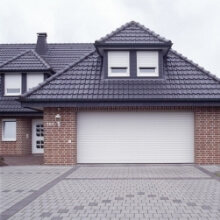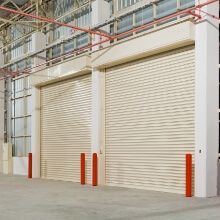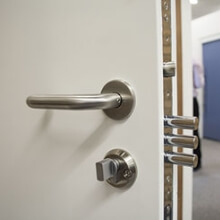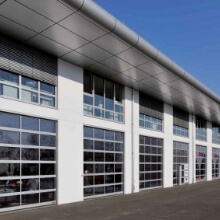
E, EI, EIW – Classification of fireproof doors
One of the main conditions of the buildings to ensure fire safety is fireproof door installation.
Fireproof doors are divided into the following classes.
Door class should meet the fire safety requirements, such as doors in corridors, stairway enclosures and passageways in other escape routes, in the case of fire the fireproof door must not be less than EI45, but the internal fireproof doors not less than EI30.
Fire resistance is the ability of construction to enclose the fire spread, as well as to maintain the required operating characteristics of high temperature exposure during fire conditions.
Fire resistance boundaries are set to fireproof doors by testing process and are approved by appropriate certificates. For metal fireproof doors are used classifying terms – E, EI, EIW, followed by a fire resistance period (minutes).
E – Integrity loss ratio, measured in minutes (30, 45, 60, 90, 120). E shows the time during which the door will retain its construction and operating characteristics in fire conditions.
I – heat loss rate, measured in minutes (30, 45, 60, 90, 120). I shows the time during which the doors will limit the heat in the opposite fire zone.
W – thermal density flow index, measured in minutes (30, 45, 60, 90, 120). W shows the time during which the door glass will restrict the heat radiation into the opposite fire zone.
Metal fireproof doors – it is a single system, which consists of fire resistance materials: refractory leaf, thermal profile and heat insulating material filling, frothy fireproof seals (in case of fire begins to expand and seal any gaps between the frame and door leaf that results in preventing the spread of smoke) , fireproof-automatics, smoke adapters.
Correctly matched materials what are used in the manufacture of fireproof doors, provide all the necessary structures functioning in the fire starting conditions.



















